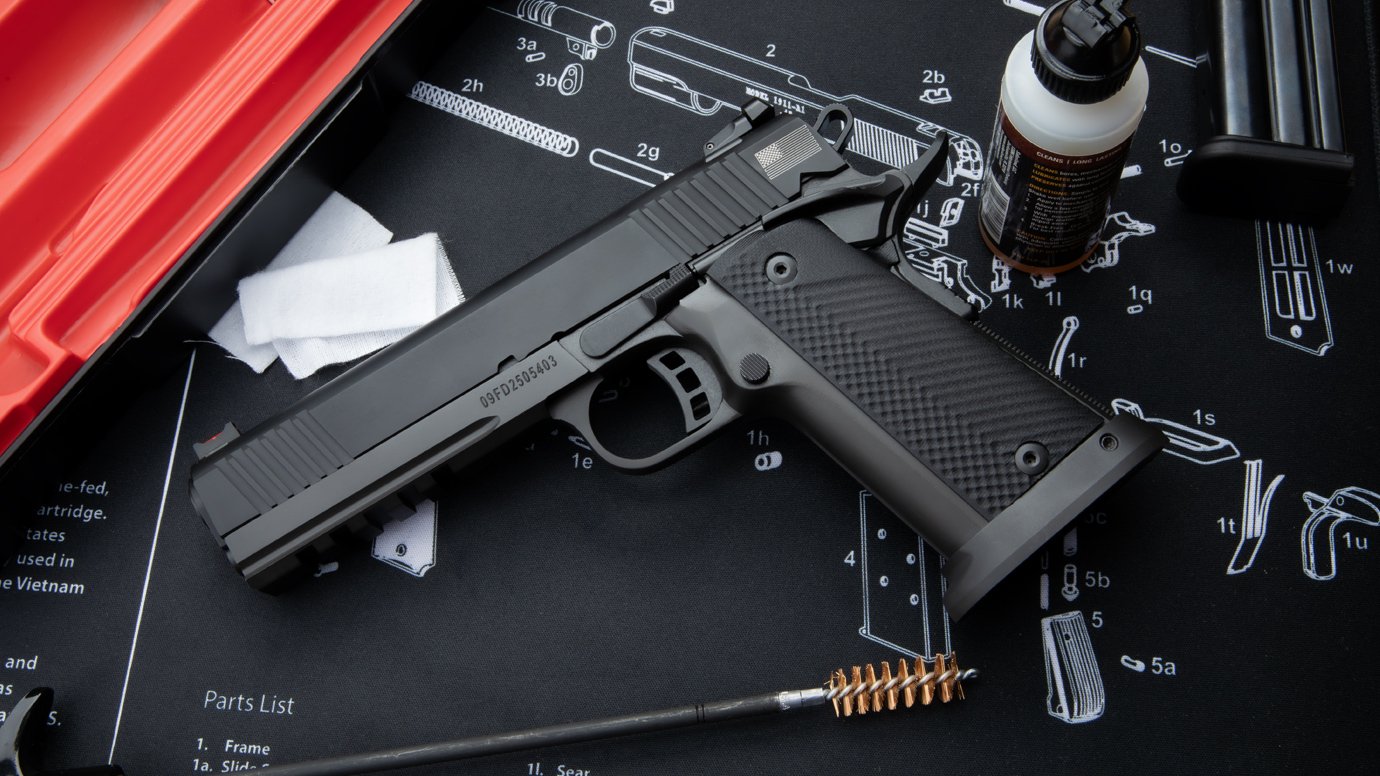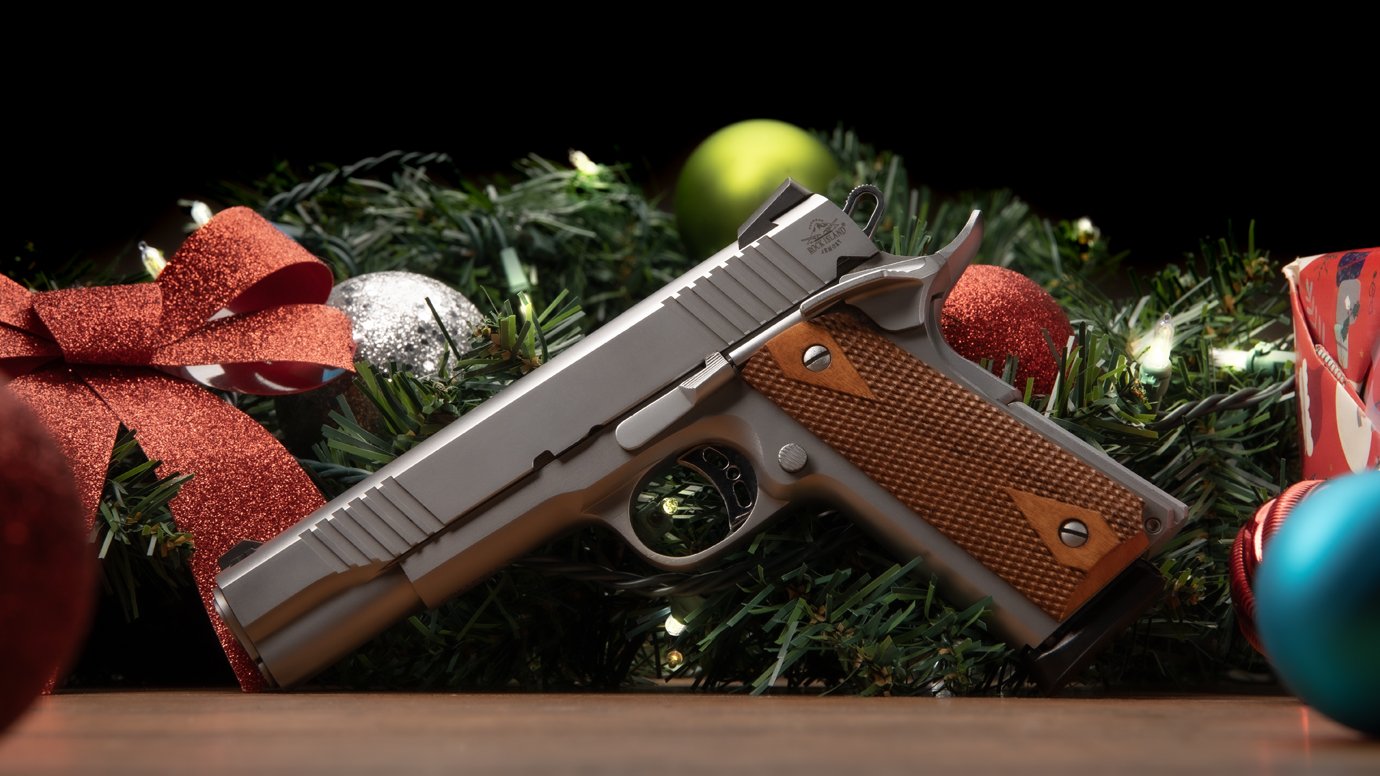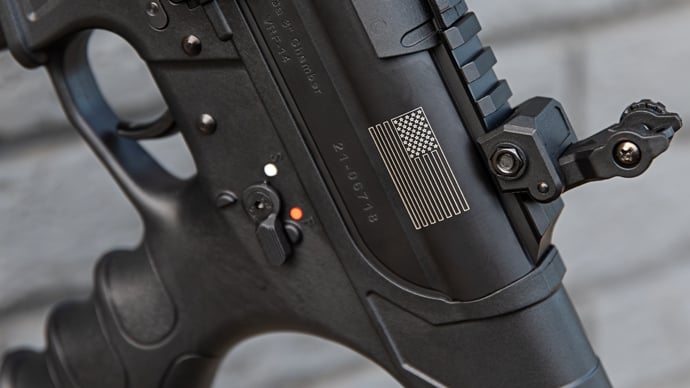What You Should Know: Hammer Fired vs Striker Fired
Posted by Team Armscor on Jul 22, 2020 3 Minute Read

You'll see a lot of back-and-forth online about the pros and cons of hammer fired versus striker fired handguns. As you'd expect, many people like to crown one as the best but you can’t really go wrong with either. Each system has its upsides.
Hammer Fired
If you’re here, you’ve probably noticed all the varieties of 1911 pistols we offer. So obviously, we’re big fans of the hammer fired system.You can find hammer fired guns with double-action only (DAO) and double-action/single-action (DA/SA). The DAO system cocks and releases the hammer with each trigger press. This results in a long, heavy pull which some view as a downside. However, DAO can also be seen as a safety feature because it deters accidental discharges. You can find pocket pistols that feature the DAO system for this very reason.
DA/SA is more versatile and you’ll find many hammer fired handguns using this system. In DA/SA handguns, you can pull the hammer back, cocking the gun and making your first shot single-action. Or you can leave the hammer down to give you a long pull on the first shot with subsequent shots being single-action.
Most 1911s use a single-action system, meaning the trigger only performs the action of tripping the sear. The single-action system has a consistent, light pull.
For concealed carry, carrying a DA/SA gun with the hammer cock for a quick first shot can make sense on the surface but it runs a greater risk of an accidental discharge because if the hammer were to get bumped or snag, it can fall and discharge the gun.
Striker Fired
Striker fired guns don’t use a hammer, but instead feature a spring-loaded firing pin. A spring is wrapped around a rod-shaped pin with a lug on the underside. When cocked, tension is placed on the spring and the tension is release when the trigger is the pressed.
Striker fired pistols have earned a lot of popularity within the concealed carry market due to the lack of an external hammer. Some striker fired pistols don’t include an external safety which can be seen as a plus for concealed carry because it removes a step from the equation. It’s just draw and fire. Often, if an external safety isn't present, the pistol will incorporate passive internal safeties that help prevent a loaded gun from firing if mishandled.
Like a single-action 1911, a striker fired pistol has the benefit of a consistent trigger pull weight.






